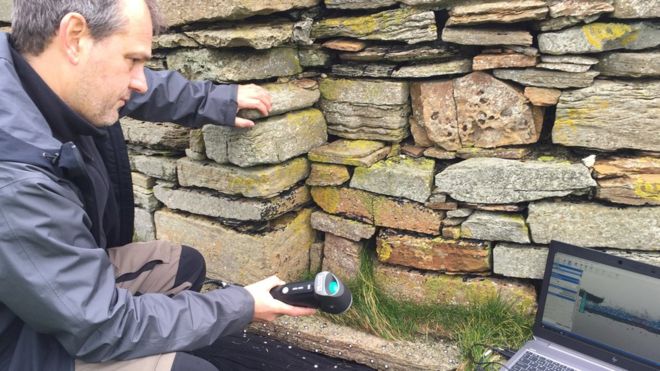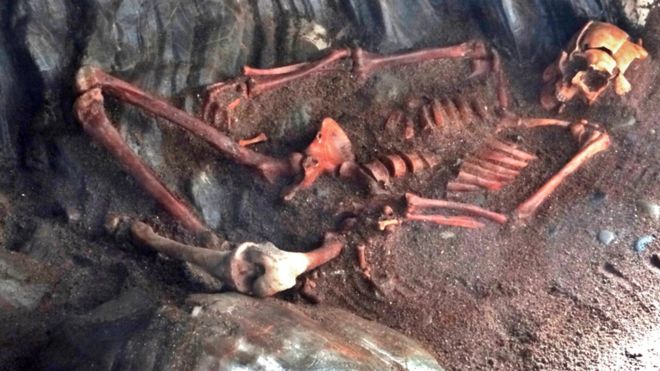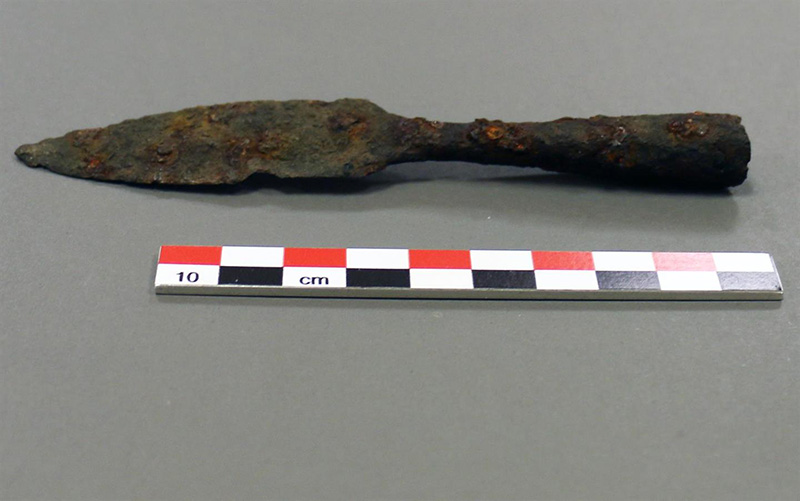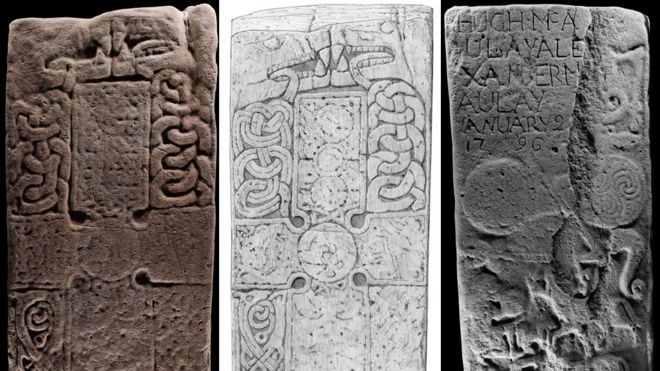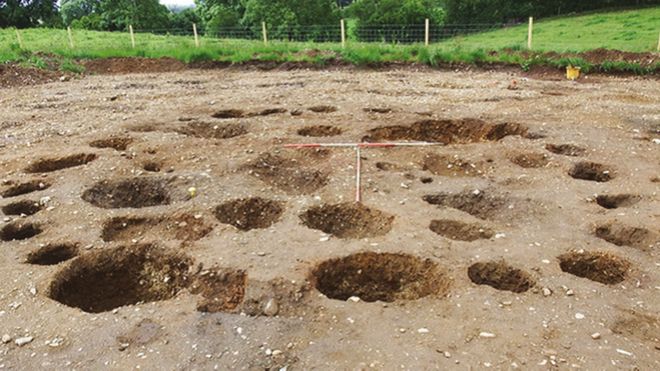One rune carving is on a stone hidden by grass at the base of a wall in ruins of
the Bishop's palace
The latest laser scanning technology is being used to investigate ancient inscriptions left on Orkney by the Picts and the Vikings.
Experts from Sweden hope their software will make it possible to recognise the work of individual carvers.
The study may tell us more about the transition between the different groups who occupied sites like the Brough of Birsay over hundreds of years.
The team are hoping for preliminary results by the start of 2020.
Read the rest of this article...
